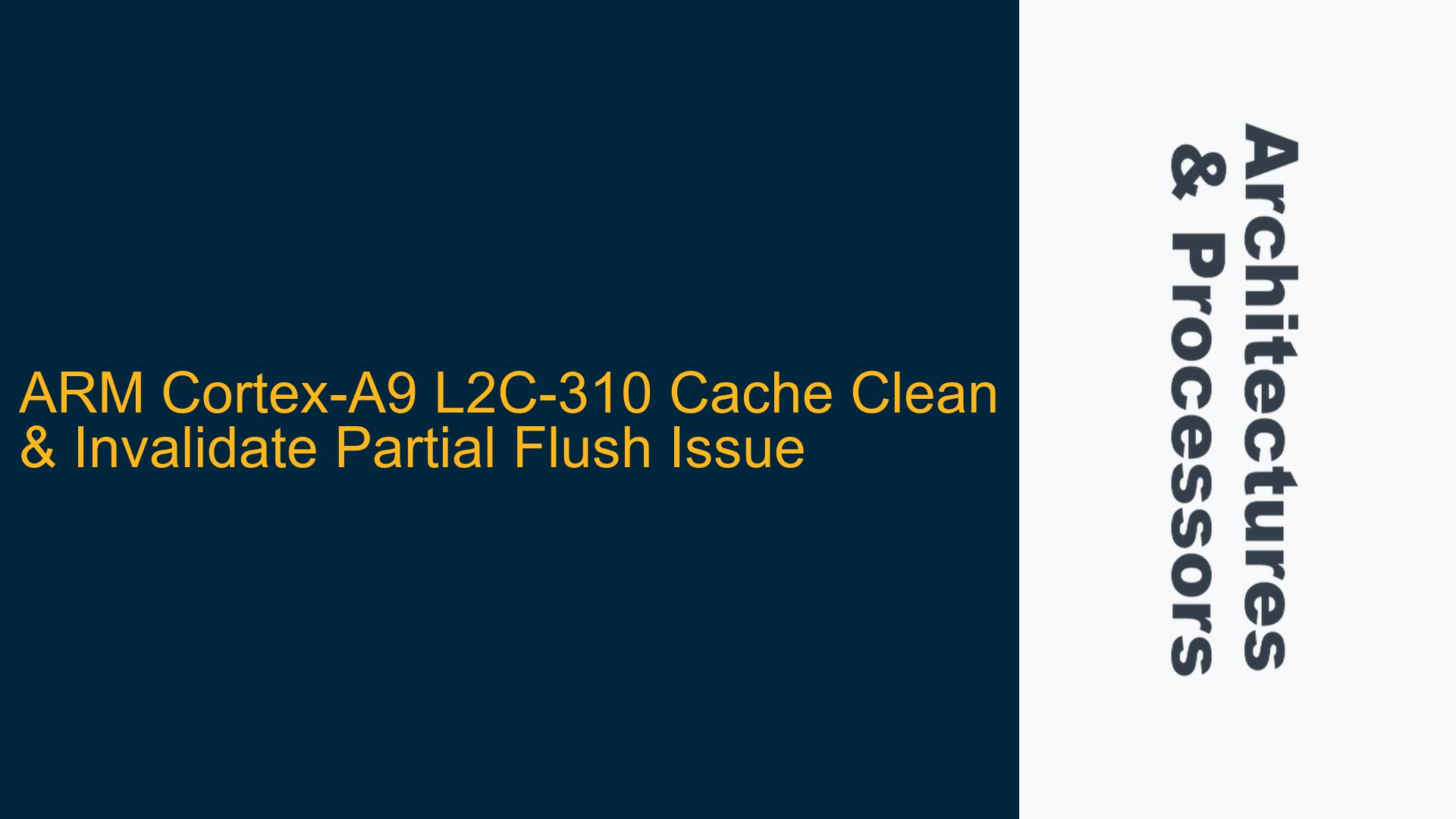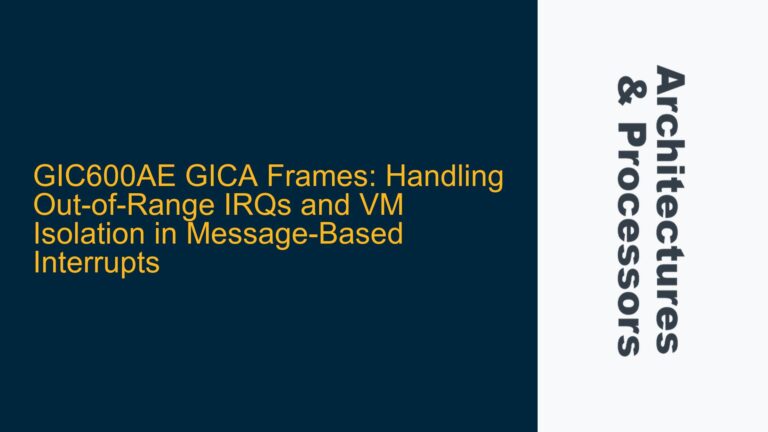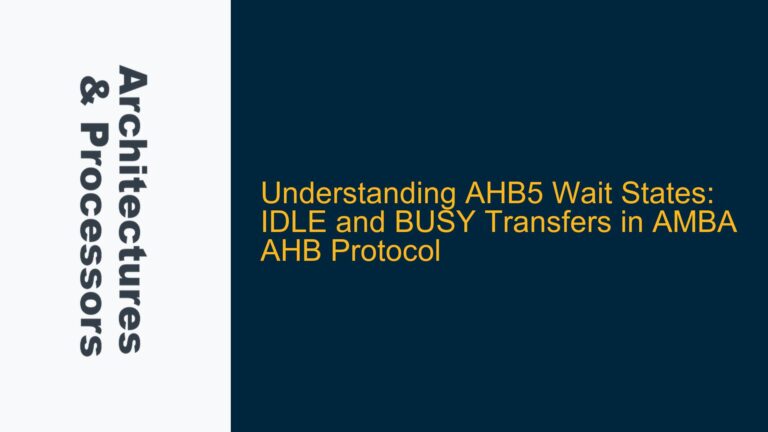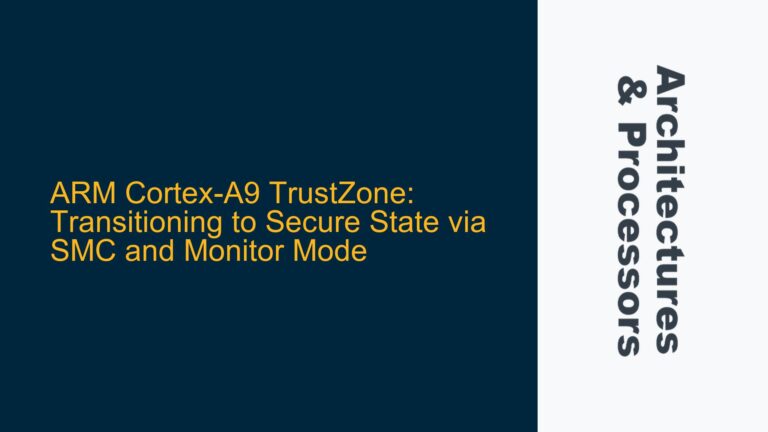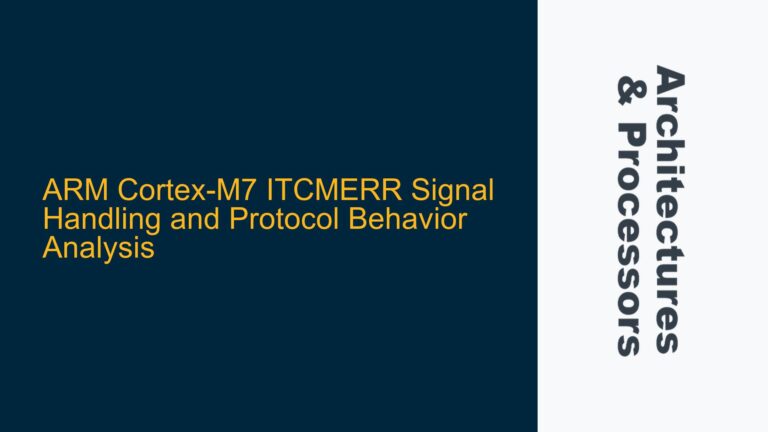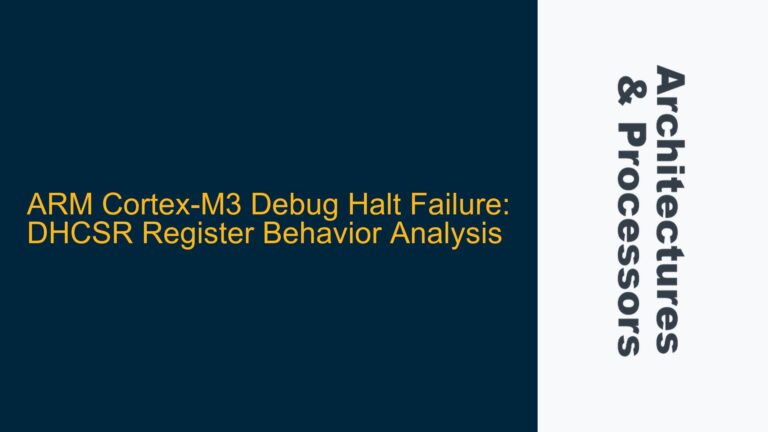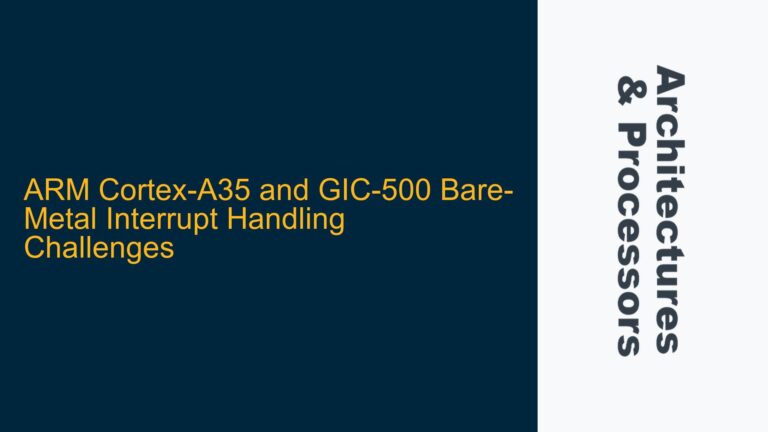L2C-310 Cache Line Partial Flush During Clean & Invalidate Operations
The ARM Cortex-A9 processor, when paired with the L2C-310 cache controller, can exhibit a non-deterministic issue where the L2 cache clean and invalidate (clean&inval) operation only partially flushes a cache line to the L3 memory. This issue is particularly observed under heavy memory load conditions, often near translation tables, and manifests as only a portion of the 32-byte cache line being correctly flushed to L3. The problem is not consistently reproducible and can occur in different memory areas, making it challenging to diagnose and resolve. The Cortex-A9 revision in use is greater than r3, and the issue persists even when only one CPU core is handling the L2 clean&inval operation with proper locking mechanisms in place. Attempts to mitigate the issue through the use of memory barriers, disabling L2 prefetching, and other common cache management techniques have proven ineffective.
The L2C-310 cache controller is designed to handle cache line operations efficiently, ensuring data coherency between the L2 cache and the L3 memory. However, in this specific scenario, the clean&inval operation fails to fully flush the cache line, leading to potential data corruption or coherency issues. This behavior is not documented in the recent errata, suggesting that it may be related to subtle hardware-software interaction nuances or timing issues within the cache controller itself. The partial flush issue is particularly problematic in systems where data integrity is critical, such as those involving translation tables or other memory-mapped I/O operations.
Memory Barrier Omission and Cache Invalidation Timing
One of the primary suspects in this issue is the timing and sequencing of cache maintenance operations, particularly the omission or improper use of memory barriers. Memory barriers are crucial in ensuring that cache operations are executed in the correct order, especially in multi-core systems where cache coherency must be maintained across different CPU cores. In the case of the Cortex-A9 and L2C-310, the clean&inval operation may be subject to race conditions or timing issues that result in only a partial flush of the cache line. This can occur if the cache controller is interrupted or if the operation is not properly synchronized with other memory accesses.
Another potential cause is the interaction between the L2 cache and the L3 memory subsystem. The L2C-310 cache controller is designed to handle cache line operations in a specific sequence, but under heavy memory load, the timing of these operations may be disrupted. This can lead to situations where the cache controller begins the clean&inval operation but is unable to complete it fully before being interrupted or preempted by other memory accesses. Additionally, the L2 prefetching mechanism, if not properly disabled, can interfere with the clean&inval operation, leading to incomplete cache line flushes.
The use of cache maintenance operations (CMO) to the Point of Coherency (PoC) versus memory-mapped L2 cache operations may also play a role in this issue. Memory-mapped L2 cache operations are typically used for direct cache maintenance, but they may not always guarantee the correct sequencing of operations, especially under heavy memory load. On the other hand, CMO to PoC operations are designed to ensure that cache maintenance operations are properly synchronized with the rest of the memory subsystem, but they may introduce additional latency or complexity that could exacerbate the issue.
Implementing Data Synchronization Barriers and Cache Management
To address the partial flush issue in the L2C-310 cache controller, a combination of data synchronization barriers and precise cache management techniques must be employed. The first step is to ensure that the clean&inval operation is properly synchronized with other memory accesses using Data Synchronization Barriers (DSB) and Instruction Synchronization Barriers (ISB). These barriers ensure that all previous memory operations are completed before the clean&inval operation is executed, and that the operation itself is completed before any subsequent memory accesses are allowed to proceed.
The following sequence of operations should be used to ensure proper synchronization:
- DSB: Ensure that all previous memory operations are completed before starting the clean&inval operation.
- Clean&Inval Operation: Execute the L2 cache clean&inval operation on the specific cache line or range of cache lines.
- DSB: Ensure that the clean&inval operation is completed before allowing any subsequent memory operations to proceed.
- ISB: Ensure that the CPU pipeline is flushed and that any subsequent instructions are executed with the correct cache state.
In addition to using synchronization barriers, it is important to carefully manage the L2 cache prefetching mechanism. Disabling L2 prefetching can help to reduce the likelihood of the cache controller being interrupted or preempted during the clean&inval operation. This can be done by setting the appropriate bits in the L2 cache control register, as specified in the L2C-310 technical reference manual.
Another important consideration is the use of cache maintenance operations to the Point of Coherency (PoC). CMO to PoC operations are designed to ensure that cache maintenance operations are properly synchronized with the rest of the memory subsystem, and they may provide a more reliable mechanism for performing clean&inval operations under heavy memory load. However, it is important to carefully manage the timing and sequencing of these operations to avoid introducing additional latency or complexity that could exacerbate the issue.
Finally, it is important to monitor the behavior of the L2 cache controller under different memory load conditions to identify any patterns or trends that may be contributing to the partial flush issue. This can be done using performance monitoring tools or by instrumenting the code to log cache maintenance operations and their outcomes. By carefully analyzing this data, it may be possible to identify specific conditions or sequences of operations that are more likely to result in partial cache line flushes, and to develop targeted mitigation strategies to address these issues.
In conclusion, the partial flush issue in the L2C-310 cache controller is a complex problem that requires a combination of synchronization barriers, cache management techniques, and careful monitoring to resolve. By implementing the strategies outlined above, it is possible to reduce the likelihood of partial cache line flushes and to ensure that the L2 cache operates reliably under heavy memory load conditions.
